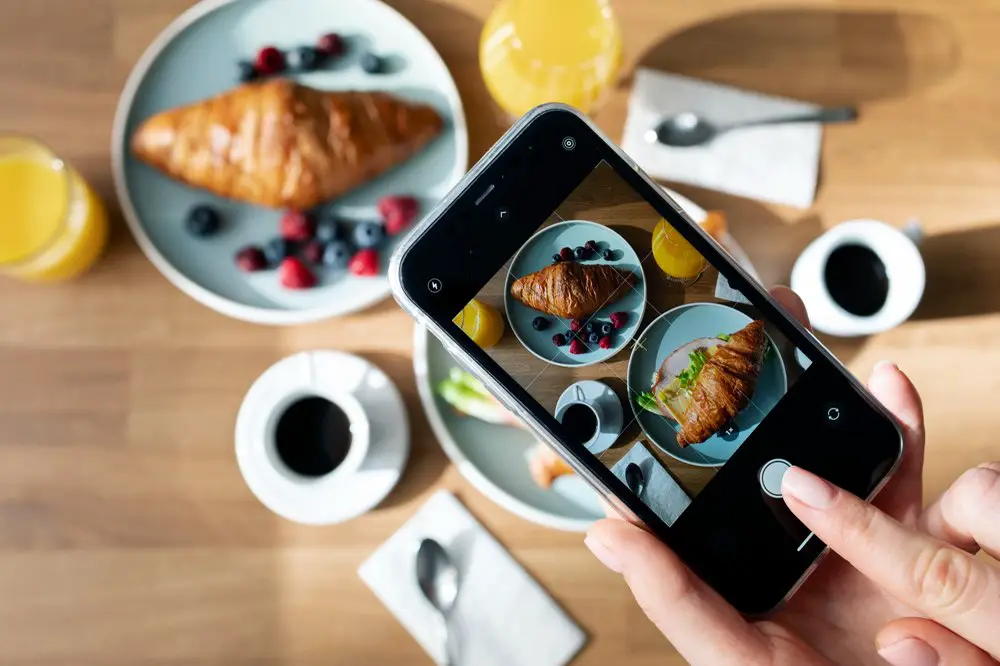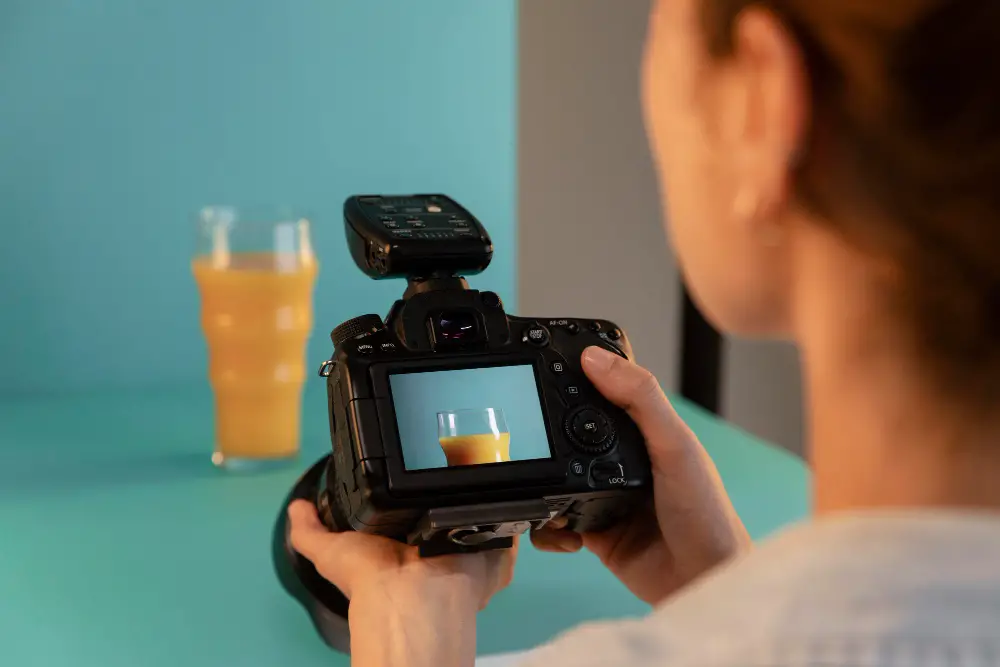In the evolving world of photography, a common debate arises: should you invest in a digital camera, or is your smartphone sufficient? Let’s explore the strengths and weaknesses of both to help you make an informed decision.
Image Quality
Digital Cameras: Digital cameras, especially DSLRs and mirrorless models, excel in image quality due to their larger sensors and superior optics. These features allow for better low-light performance, higher resolution, and more detail. Cameras like the Canon EOS and Nikon D series offer professional-grade photos with high dynamic range and color accuracy.
Smartphones: Modern smartphones have made significant strides in image quality, with models like the iPhone 15 Pro, Samsung Galaxy S24 Ultra and HONOR 200 Pro featuring advanced sensors and multiple lenses. However, due to their smaller sensors, they often struggle in low-light conditions and can produce noise in images. Despite these limitations, software enhancements and AI-driven features compensate significantly.
Read also: 10 Quick Tips for Taking Great Mobile Phone Camera Photos
Here is a table that compares the image quality aspects of digital cameras and smartphones:
| Feature | Digital Cameras | Smartphones |
|---|---|---|
| Sensor Size | Larger sensors (APS-C, full-frame) capture more light, enhancing low-light performance and dynamic range | Smaller sensors, but computational photography compensates to some extent |
| Optics | High-quality interchangeable lenses provide sharp images and better optical performance | Built-in lenses (wide-angle, ultra-wide, telephoto) offer versatility, though not as high-quality |
| Manual Controls | Extensive control over settings like aperture, shutter speed, and ISO for precise adjustments | Limited manual controls; relies more on automatic settings and software adjustments |
| RAW Format | Supports RAW format for greater post-processing flexibility and higher image quality | Some smartphones support RAW, but typically default to JPEG or HEIF |
| Low-Light Performance | Superior low-light performance with less noise due to larger sensors and better optics | Improved with night modes and AI-driven enhancements, but smaller sensors struggle more |
| Computational Photography | Not as reliant on software; image quality depends more on hardware | Heavy use of AI and software for features like HDR, portrait mode, and night mode |
| Convenience | Bulkier and requires additional gear like lenses, batteries, and memory cards | Highly portable, always on hand, and ready for instant use |
| Instant Sharing | Requires transferring photos to a computer for editing and sharing | Integrated tools for immediate editing and sharing on social media |
Versatility
Digital Cameras: Digital cameras offer greater versatility in terms of lens choices and manual controls. You can switch lenses to suit different shooting scenarios, from wide-angle landscapes to close-up portraits. They also provide extensive control over settings like aperture, shutter speed, and ISO, enabling more creative freedom.
Smartphones: Smartphones are incredibly versatile due to their portability and built-in connectivity features. With multiple built-in lenses, such as ultra-wide and telephoto, smartphones cater to a variety of shooting needs without the need for extra equipment. Apps and AI also enhance their functionality, offering modes like portrait, night, and panorama.
Read also: How to Take 0.5 Selfies – Wide-Angle Smartphone Photography
Here’s a comprehensive table comparing the versatility of digital cameras and smartphones:
| Feature | Digital Cameras | Smartphones |
|---|---|---|
| Interchangeable Lenses | Wide range of lenses for various scenarios, including specialized lenses for unique effects | Built-in lenses (wide, ultra-wide, telephoto) for versatility without lens changes |
| Manual Controls | Full control over aperture, shutter speed, ISO, white balance; customizable buttons and menus | Limited manual controls; relies on automatic settings and AI enhancements |
| Accessory Compatibility | Supports external flashes, lighting setups, battery grips, remote controls, and external monitors | Limited to built-in features and software-driven enhancements |
| Advanced Features | High-speed shooting, focus and exposure bracketing, superior burst modes for action shots | Specialized modes like HDR, night mode, panorama, burst mode, slow motion, and time-lapse |
| Portability and Connectivity | Bulkier, requires additional gear but offers professional quality | Highly portable, always on hand, with integrated sharing and editing tools |
| Low-Light Performance | Superior low-light performance with larger sensors and better optics | Improved with night modes and AI-driven enhancements, but smaller sensors struggle more |
| Computational Photography | Not as reliant on software; image quality depends more on hardware | Heavy use of AI and software for features like HDR, portrait mode, and night mode |
| Instant Sharing | Requires transferring photos to a computer for editing and sharing | Integrated tools for immediate editing and sharing on social media |
Convenience

Digital Cameras: While digital cameras provide superior image quality and flexibility, they are bulkier and require additional gear like lenses, batteries, and memory cards. This can make them less convenient for casual or spontaneous photography.
Smartphones: Smartphones are unbeatable in terms of convenience. They are always with you, ready to capture moments instantly. With integrated editing tools and instant sharing capabilities, smartphones make it easy to post your photos on social media or send them to friends and family.
The table below helps quickly compare the convenience aspects of digital cameras and smartphones, highlighting their strengths and weaknesses.
| Feature | Digital Cameras | Smartphones |
|---|---|---|
| Size and Weight | Bulkier and heavier; requires additional gear like lenses and batteries | Compact, lightweight, and always on hand |
| Setup and Operation | Longer setup time; requires manual adjustments | Quick access, user-friendly interfaces, and intuitive touchscreen controls |
| Battery Life | Longer battery life with spare batteries; reliable for extended shoots | Requires more frequent charging but can be easily charged with portable power banks |
| Storage | Expandable storage with memory cards; large storage capacities for long shoots | Limited by internal storage but can be managed with cloud services and external storage options |
| Integrated Features | Requires separate editing tools and computers for post-processing | Built-in editing tools and instant sharing capabilities through social media and messaging apps |
| Portability and Connectivity | Bulkier and requires preparation for each use | Highly portable, always ready for spontaneous photography, and easily shareable |
Cost
Digital Cameras: Investing in a digital camera can be expensive, especially when considering the cost of lenses and accessories. High-end models can range from several hundred to several thousand dollars, making them a significant investment for serious photographers.
Smartphones: While flagship smartphones can also be pricey, they offer more than just a camera, providing a multifunctional device. For casual photographers, this dual functionality might justify the cost better than investing in a dedicated camera.
Choosing between a digital camera and a smartphone depends on the user’s photography needs, budget, and preferences for device functionality and flexibility.
| Cost Aspect | Digital Cameras | Smartphones |
|---|---|---|
| Initial Purchase Price | $400 – $6,000 (depending on model and brand) | $300 – $1,500 (depending on model and brand) |
| Lenses | $100 – $3,000+ (additional cost for specialized lenses) | Included (built-in multiple lenses) |
| Accessories | $100 – $500 (basic accessories), additional cost for advanced accessories | $20 – $100 (basic accessories), $50 – $200 (optional photography enhancements) |
| Maintenance and Upgrades | Ongoing costs for maintenance and potential upgrades | Regular device replacement (every 2-3 years), repair costs for damage |
| Integrated Costs | Single-purpose device; additional costs for lenses and accessories | Multifunctional device; no need for additional lenses, integrated features justify higher initial cost |
Frequently Asked Questions (FAQs)
1) Are smartphone cameras better than digital cameras?
Smartphone cameras offer convenience, portability, and advanced computational photography features, making them excellent for everyday use. However, digital cameras generally provide superior image quality, better low-light performance, and more control over settings, making them preferable for professional and serious photography.
2) Is it better to buy a camera or a phone with a good camera?
Buy a camera if you prioritize image quality, manual controls, and interchangeable lenses. Opt for a phone with a good camera if you value convenience, portability, and multifunctionality.
3) Why does my phone take better pictures than my camera?
Your phone may take better pictures due to advanced computational photography, automatic scene optimization, and AI enhancements that simplify capturing great shots. If your digital camera is outdated or lacks proper settings, it might not perform as well without manual adjustments.
Final Thoughts
The choice between a smartphone and a digital camera ultimately depends on your photography needs and goals. If you prioritize image quality, manual control, and versatility, a digital camera is the way to go. However, if convenience, portability, and the ability to quickly edit and share photos are more important, a modern smartphone might suffice.
Which do you prefer for photography, a smartphone or a digital camera? Share your thoughts!

